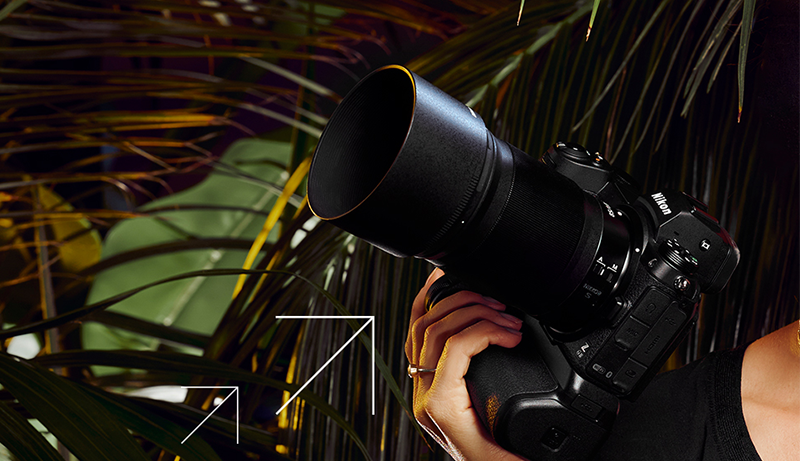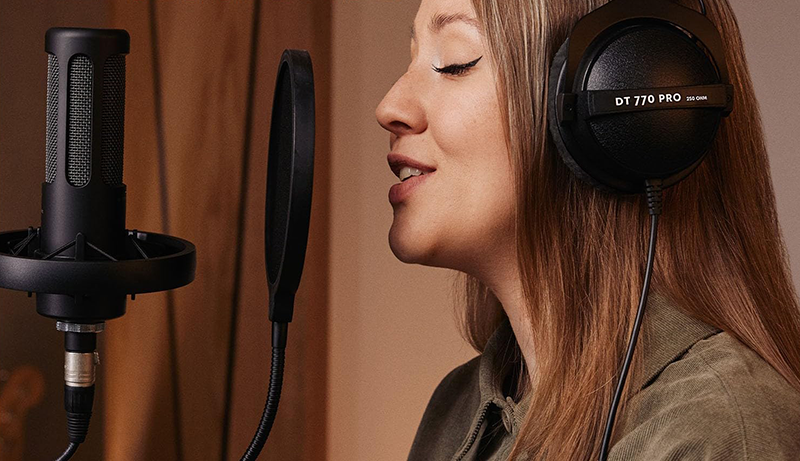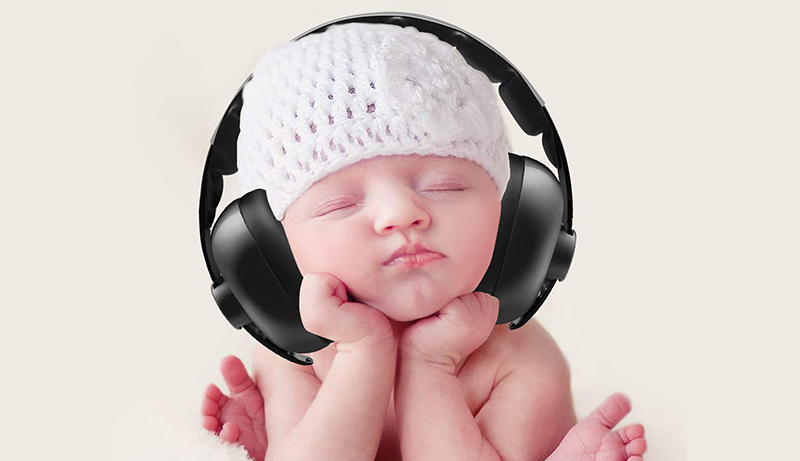Capturing wildlife in action is one of the most thrilling aspects of photography. To seize those perfect, fleeting moments, having the right equipment is essential.
Wildlife photographers need a camera that delivers exceptional image quality, high resolution, fast shooting speeds, and excellent low-light performance. These features are critical for capturing dynamic subjects in challenging environments.
But which Nikon camera stands out for wildlife photography in 2025? With wildlife encompassing everything from swift birds to majestic lions, there’s no one-size-fits-all answer. The features most important to photographers can vary—some prioritize autofocus capabilities, others focus on lens options or robust weather sealing.
Whether you’re new to wildlife photography and looking for guidance, or a seasoned pro eager to compare notes I’ve put together a ranked list of Nikon’s top cameras for wildlife photography. Keep reading to find the one that best suits your needs—and perhaps discover a better fit than you expected.
1. Nikon Z 8

The Nikon Z8 stands out as one of the best mirrorless cameras available today, delivering an impressive blend of performance and innovation. With a 45.7-megapixel stacked sensor, fast burst rates, and an advanced autofocus system, it’s a powerhouse for wildlife photography.
Highly anticipated within Nikon’s lineup, the Z8 has lived up to the hype. It takes the flagship features of the Z9 and packs them into a more compact body, with minimal trade-offs—mainly slightly reduced battery life.
The stacked sensor technology eliminates blackout in the electronic viewfinder, allowing uninterrupted tracking of subjects and maintaining focus throughout your shots. This feature is especially crucial for capturing fast-moving wildlife.
The high-resolution 45.7-megapixel sensor offers another significant advantage for wildlife photographers. Even when subjects are distant and beyond the reach of your lens, the ability to crop while retaining sharp detail ensures excellent composition. This flexibility extends to action shots, where you don’t need to be fully zoomed in to achieve tightly framed, high-resolution results.
Dynamic range is another area where the Z8 excels, providing approximately 14 stops of range at a base ISO of 64. This capability, combined with its exceptional performance at higher ISOs, makes it ideal not only for wildlife but also for sports photography in low-light settings like indoor arenas.
What truly sets the Z8 apart is its lack of notable weaknesses. It’s a well-rounded, high-performance camera that delivers in virtually every area, making it a top choice for demanding photographers.
2. Nikon Z 6II

The Nikon Z6II builds on the success of its predecessor with enhanced focusing, an outstanding sensor, and dual card slots. Paired with the Z mount, it provides access to some of the best lenses available, all at a price that remains budget-friendly for many photographers.
While its 24-megapixel sensor offers lower resolution than the higher-end Nikon Z7II or Z9, the Z6II delivers all the essential features needed for wildlife photography. With an improved buffer depth and a continuous shooting rate of up to 14 fps with single-point AF (or 12 fps in other modes), it offers ample speed to capture fast-moving subjects.
The Z6II truly excels in low-light conditions—a crucial advantage for wildlife photography, where sunrise and sunset often provide the best opportunities to capture animals in action. To achieve the higher shutter speeds necessary for freezing motion, you’ll often need to push ISO settings.
Thankfully, the Z6II produces clean, high-quality images even at elevated ISO levels, ensuring excellent results in challenging lighting.
3. Nikon D3500

Although it’s an entry-level camera, the Nikon D3500 upholds Nikon’s reputation for quality, offering excellent value for its price.
Nikon has a strong track record of producing high-quality beginner-friendly cameras, and the D3500 is no exception. While it lacks some advanced features found in higher-end models, it’s an outstanding choice for photographers just starting with wildlife photography or those looking for a budget-conscious option.
Though DSLRs are becoming less common as Nikon focuses on its Z Mount mirrorless systems, the D3500 remains a solid choice for those prioritizing affordability. It’s well-built, ergonomically designed, and offers intuitive controls. While it doesn’t include a front dial, you can program the exposure compensation button to let the rear dial adjust shutter speed on its own or aperture when pressed—providing quick access to the most critical settings.
At this price point, some compromises are inevitable. The D3500’s 5 fps continuous shooting speed is a clear limitation compared to more expensive models.
However, this is less of a drawback than it might seem. Many of your best wildlife shots are likely to be captured when the subject is still, rather than during rapid action. For beginners, this trade-off is more than acceptable, making the D3500 an excellent entry-level choice.
4. Nikon Z 7II

The Nikon Z7II is a top choice for wildlife and landscape photographers who prioritize maximum resolution, especially for creating large prints.
If ultra-high resolution is a must for you, the Z7II is an excellent option. Its 45.7-megapixel sensor makes it a favorite among photographers who need exceptional detail for big prints and intricate compositions.
Beyond resolution, the Z7II also excels in dynamic range and low-light performance, crucial for wildlife photography during early mornings or late evenings when animals are most active, and light is scarce.
However, the Z7II does have one notable limitation for wildlife shooting: its buffer capacity. Continuous shooting is capped at roughly 20 shots before the buffer fills and requires time to clear. While this can be managed with short bursts, it may fall short in high-action scenarios where a fast sequence of shots is essential.
Ultimately, the Z7II is a trade-off: you’re prioritizing resolution over speed. For those who value detail and image quality above rapid-fire capabilities, it’s a fantastic choice, but it might not be ideal for fast-paced wildlife action.
5. Nikon Z 9

Nikon has packed everything into the Z9, making it a powerhouse for action photography while delivering exceptional RAW image quality.
As Nikon’s first flagship mirrorless camera, the Z9 sets a new standard, offering the ultimate option for photographers seeking top-tier performance.
This camera is designed for professionals who demand the best tool for the job—and it delivers. For wildlife photography, it’s arguably the most advanced tool available.
Despite its 45.7-megapixel sensor, the Z9 achieves remarkable shooting speeds, capturing 20 frames per second in RAW. The sensor offers outstanding dynamic range and low-light performance, paired with one of the fastest and most accurate autofocus systems in the mirrorless market. For videographers, it even shoots 8K video internally, adding to its versatility.
Another standout feature is the blackout-free viewfinder, which allows you to track moving subjects seamlessly while shooting—essential for capturing wildlife in motion.
So, why isn’t the Z9 my top pick? The price makes it a significant investment, one that few photographers may be able to justify.
Additionally, while early reviews are glowing, I can’t place it at the very top until I’ve had the chance to test it thoroughly myself. Still, for those who can afford it, the Z9 is an unparalleled choice for wildlife photography.
Key Factors to Consider When Choosing a Nikon Camera for Wildlife Photography
Dynamic Range and Low-Light Performance
While high-speed continuous shooting is often associated with wildlife photography, dynamic range and low-light performance are usually the most critical factors in capturing stunning images.
Wildlife is most active during dawn and dusk when light is limited. Coupled with the fact that long telephoto lenses typically have narrower maximum apertures, you’ll often need to increase your ISO settings to properly expose your shots. A camera that produces sharp, low-noise images at high ISO levels is essential.
Dynamic range is equally important, as wildlife photography doesn’t always allow time for perfect exposure settings. Cameras with excellent dynamic range let you recover details from shadows and highlights during post-processing, ensuring your images look their best.
Continuous Shooting Speed
Although many great wildlife shots happen when animals are stationary, continuous shooting speed can be invaluable for capturing action—whether it’s a bird in flight, animals playing, or a predator hunting prey.
A camera capable of firing off a series of shots in rapid succession increases your chances of nailing the perfect moment. However, a few words of caution:
- Don’t rely solely on continuous shooting—focus on timing your shots and use short bursts.
- Don’t make continuous shooting speed your only priority; balance it with other features like image quality and usability.
Ease of Use
In the field, the ability to adjust settings quickly and intuitively can make the difference between getting the shot or missing it. Nikon cameras excel in ergonomics, offering intuitive layouts and easy-to-use controls across all models.
Higher-end cameras often feature more buttons and dials, enabling faster adjustments. While entry-level models are simpler, they still maintain Nikon’s signature ease of use, ensuring you can focus on your subject rather than your gear.
Resolution
Resolution is vital for wildlife photography because you can’t always get close to your subject. A high-resolution camera lets you crop your images without significant quality loss, giving you flexibility in composition.
However, more megapixels come with trade-offs, including larger file sizes that require faster computers for editing and more storage space. If you’re diligent about managing your files and deleting unnecessary shots, these challenges are manageable.
Lens Selection
Choosing a camera means committing to its compatible lens lineup. Nikon offers exceptional lenses for both their DSLR F Mount and mirrorless Z Mount systems.
For those with the budget, Nikon’s mirrorless Z Mount cameras are the way to go. The Z Mount’s cutting-edge design allows for advanced lens technology and unparalleled optical performance. Additionally, Z Mount cameras can use F Mount lenses with an adapter, giving you access to Nikon’s vast legacy lineup.
Nikon continues to expand its Z lens collection, and recent releases like the 400mm f/2.8 showcase their commitment to building a world-class system.
Ruggedness and Durability
Wildlife photography often involves tough outdoor conditions—rain, dust, sand, and occasional accidents. A durable, weather-sealed camera is essential for surviving these challenges.
Nikon has a long history of producing rugged cameras, trusted by professionals in extreme environments—even in space. Higher-end models tend to offer better weather sealing and durability, but even Nikon’s entry-level cameras are built to withstand significant wear and tear. Ultimately, your budget will determine how much ruggedness you can afford.
By carefully considering these factors—dynamic range, speed, usability, resolution, lens options, and durability—you can choose the Nikon camera that best suits your wildlife photography needs.




